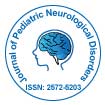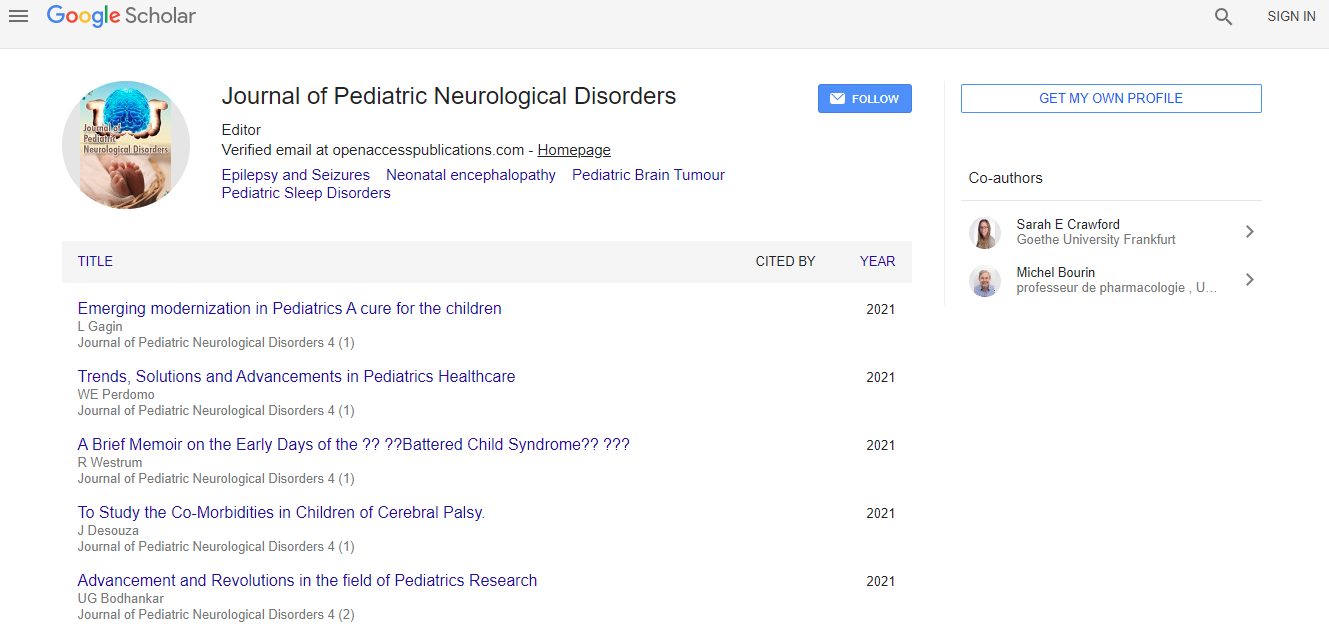Major Neurological disorders in Tribal Areas of Himachal Pradesh: A community based survey
*Corresponding Author:
Copyright: © 2017 . This is an open-access article distributed under the terms of the Creative Commons Attribution License, which permits unrestricted use, distribution, and reproduction in any medium, provided the original author and source are credited.
Abstract
Background: Neurological disorders are being recognized as a part of epidemiological transition worldwide. The much needed database on neurological diseases in India is lacking. Objective: To estimate the prevalence and pattern of major neurological disorders in tribal population of Himachal Pradesh Methods: A community based cross sectional survey was conducted in two tribal districts and two tribal blocks of one district of Himachal Pradesh, India. A cluster randomized sampling technique was used to study a population of 10,000 between 2017 and 2018. 40 clusters were identified in three districts. Study was conducted in two phases in individuals above seven years of age. The individuals screened positive in stage 1 (using NIMHANS protocol for assessing neurological disorders) were examined by clinical team in stage 2 and classified. Results: 8255 individuals reported for phase two of the study (response rate of 82.55%). The crude prevalence of neurological disorders in the tribal population was 3.04% after clinical assessment in stage two. Migraine (1.9%) was most common disorder followed by stroke (0.47%). Conclusion: The prevalence of neurological disorders in tribal population is comparable to general population. This is an indicator lifestyle diseases entering into the indigenous population and demands neurological health care tailored in primary health care.

 Spanish
Spanish  Chinese
Chinese  Russian
Russian  German
German  French
French  Japanese
Japanese  Portuguese
Portuguese  Hindi
Hindi 